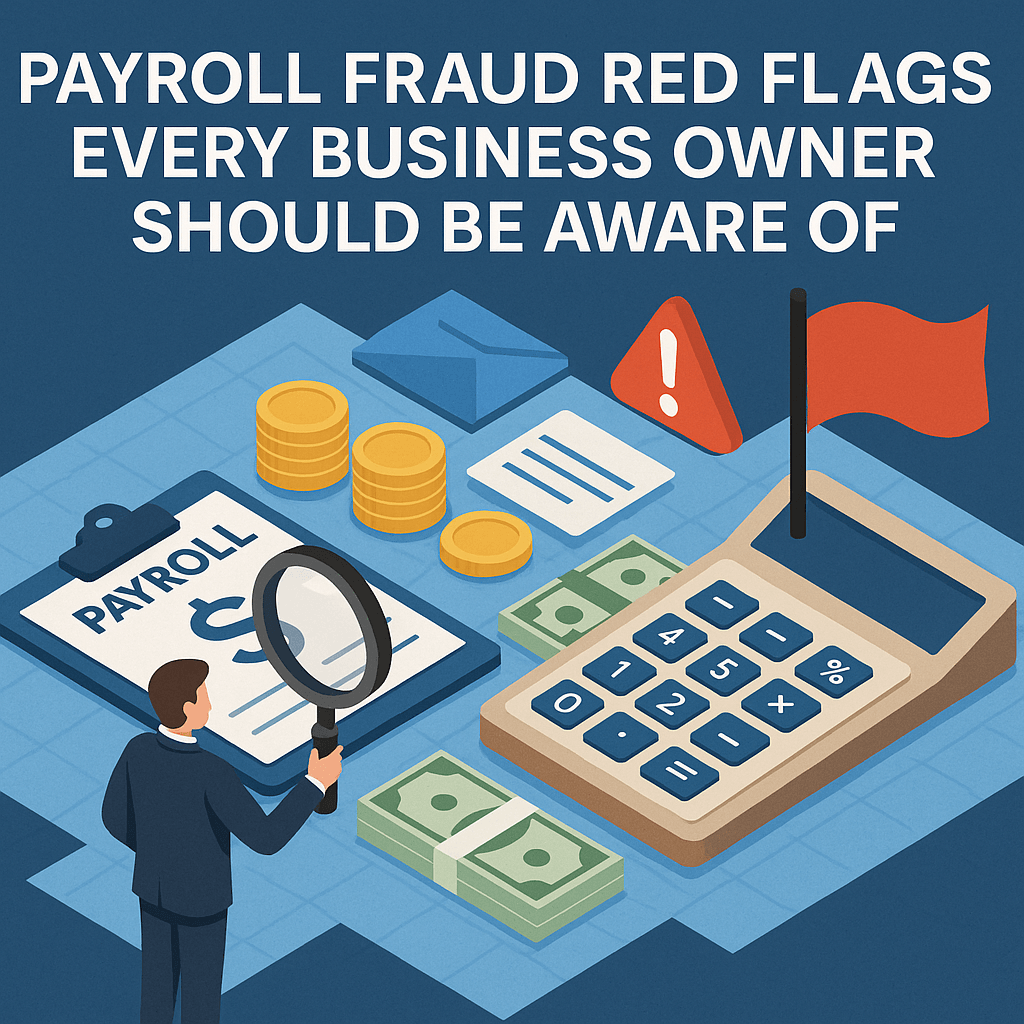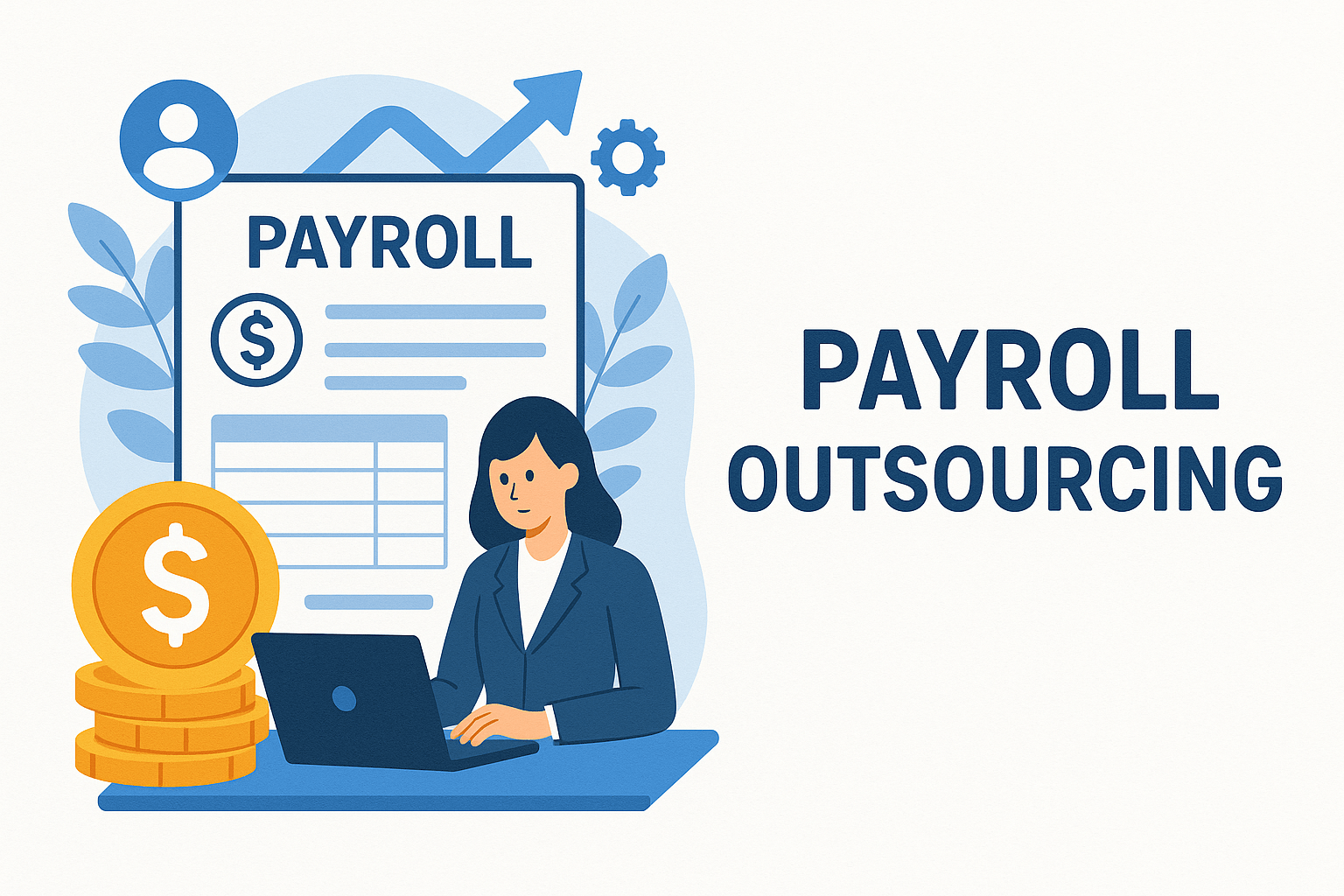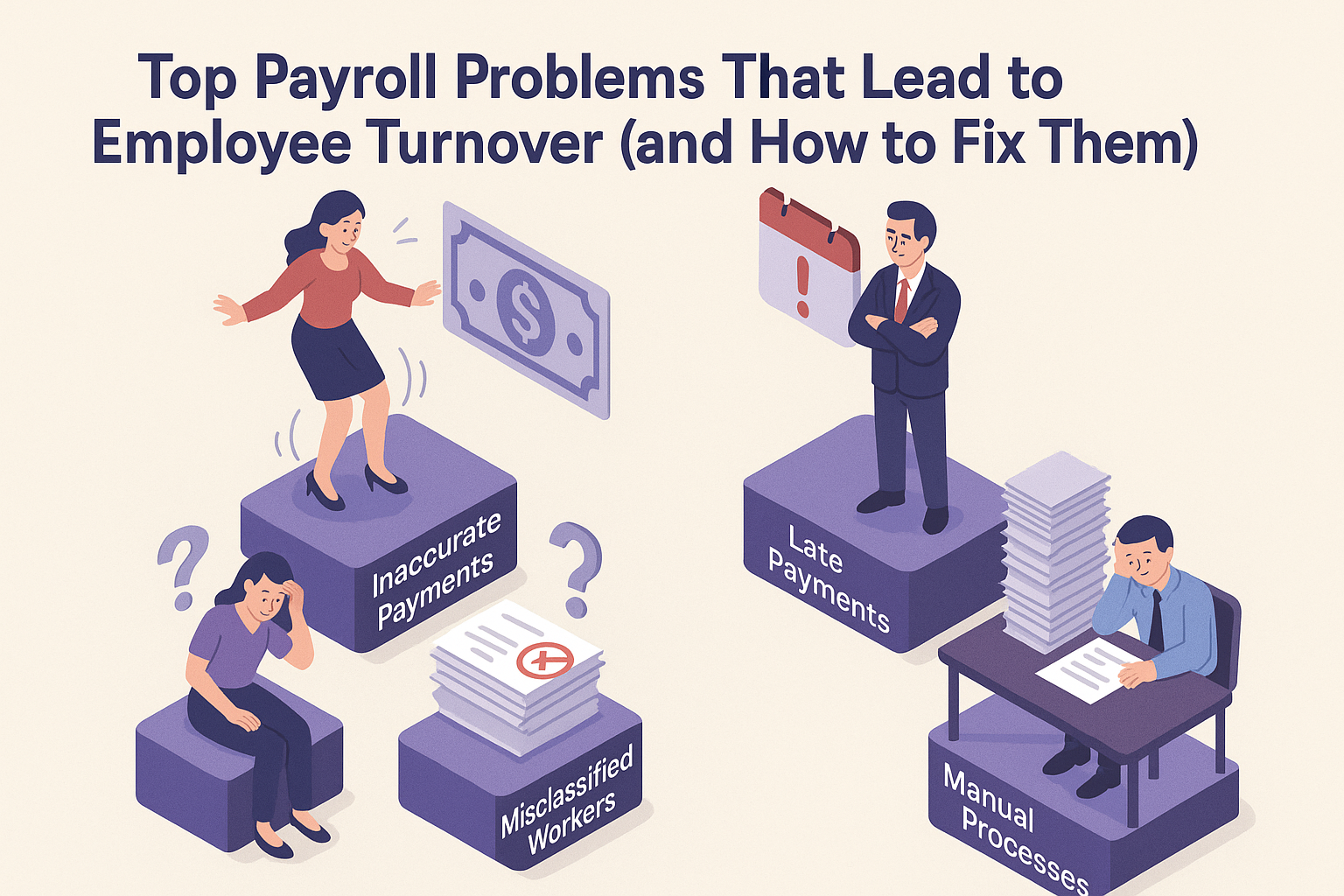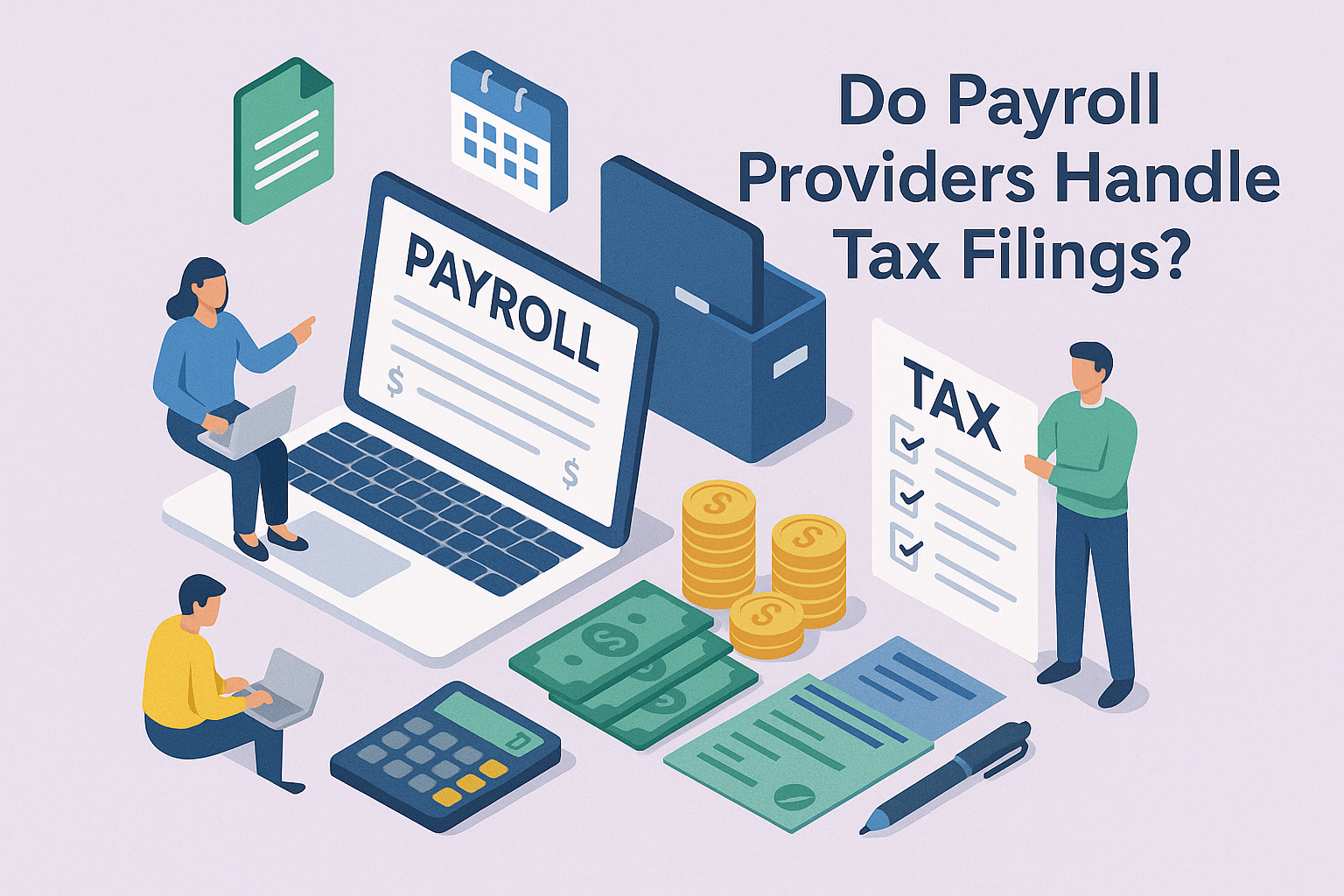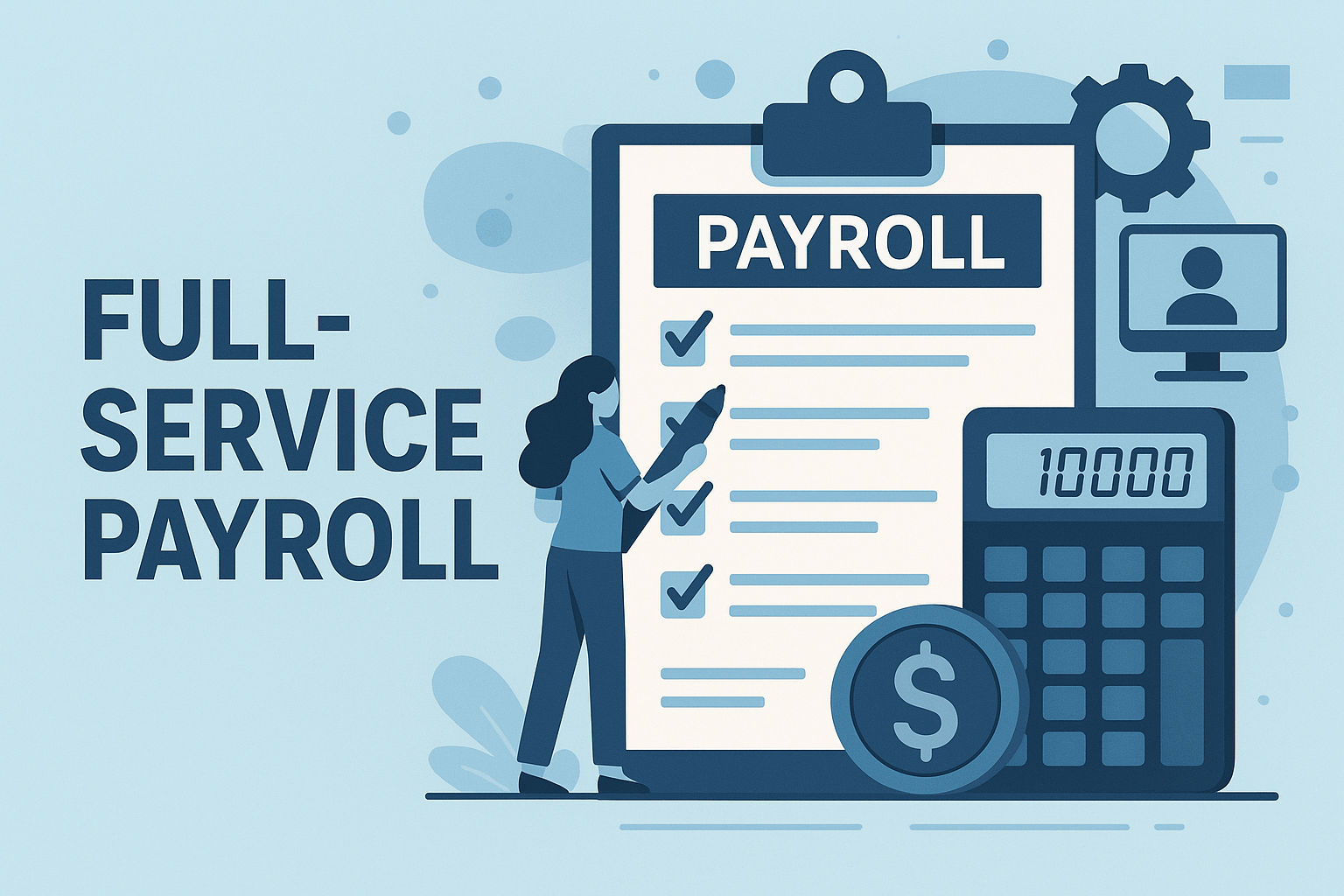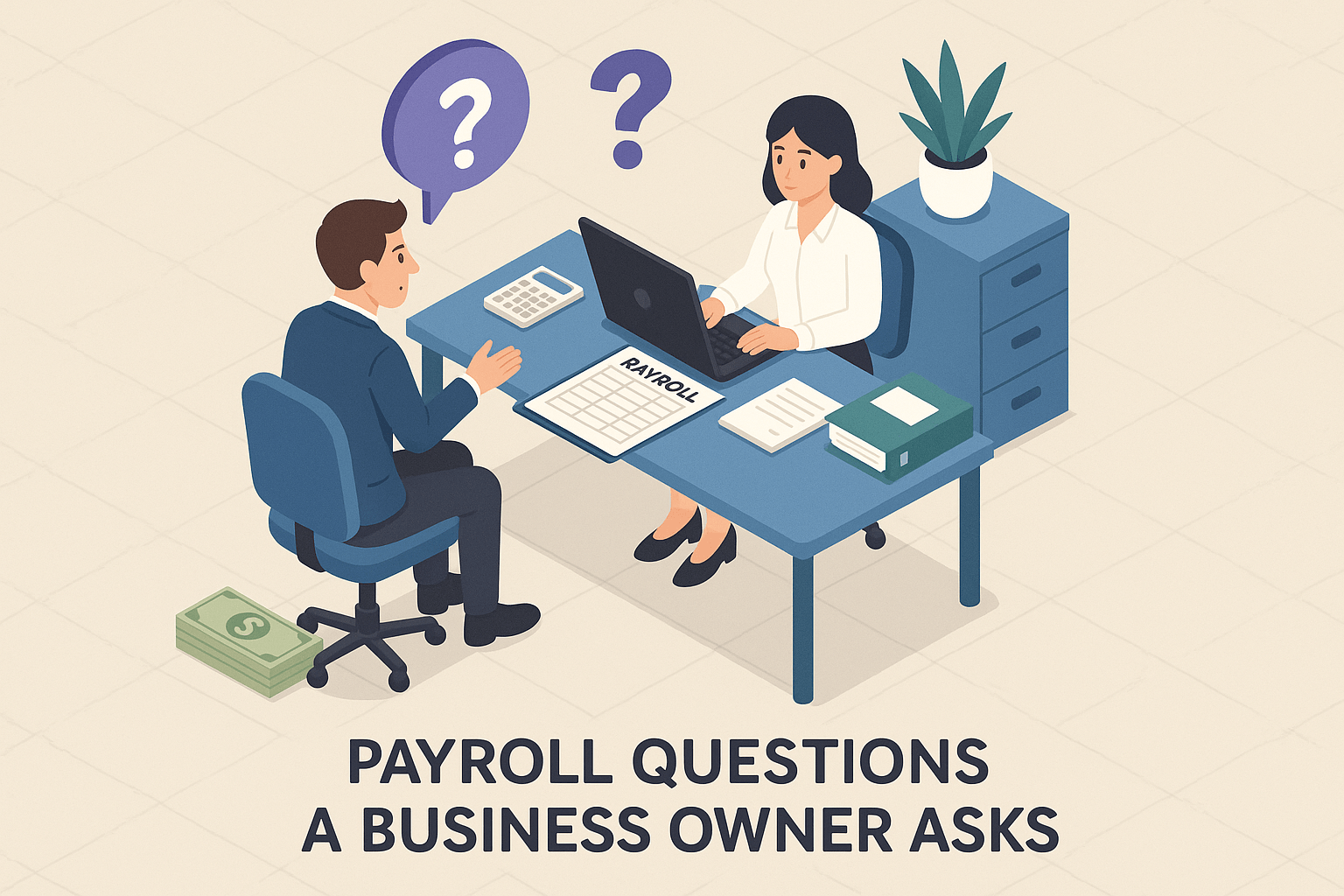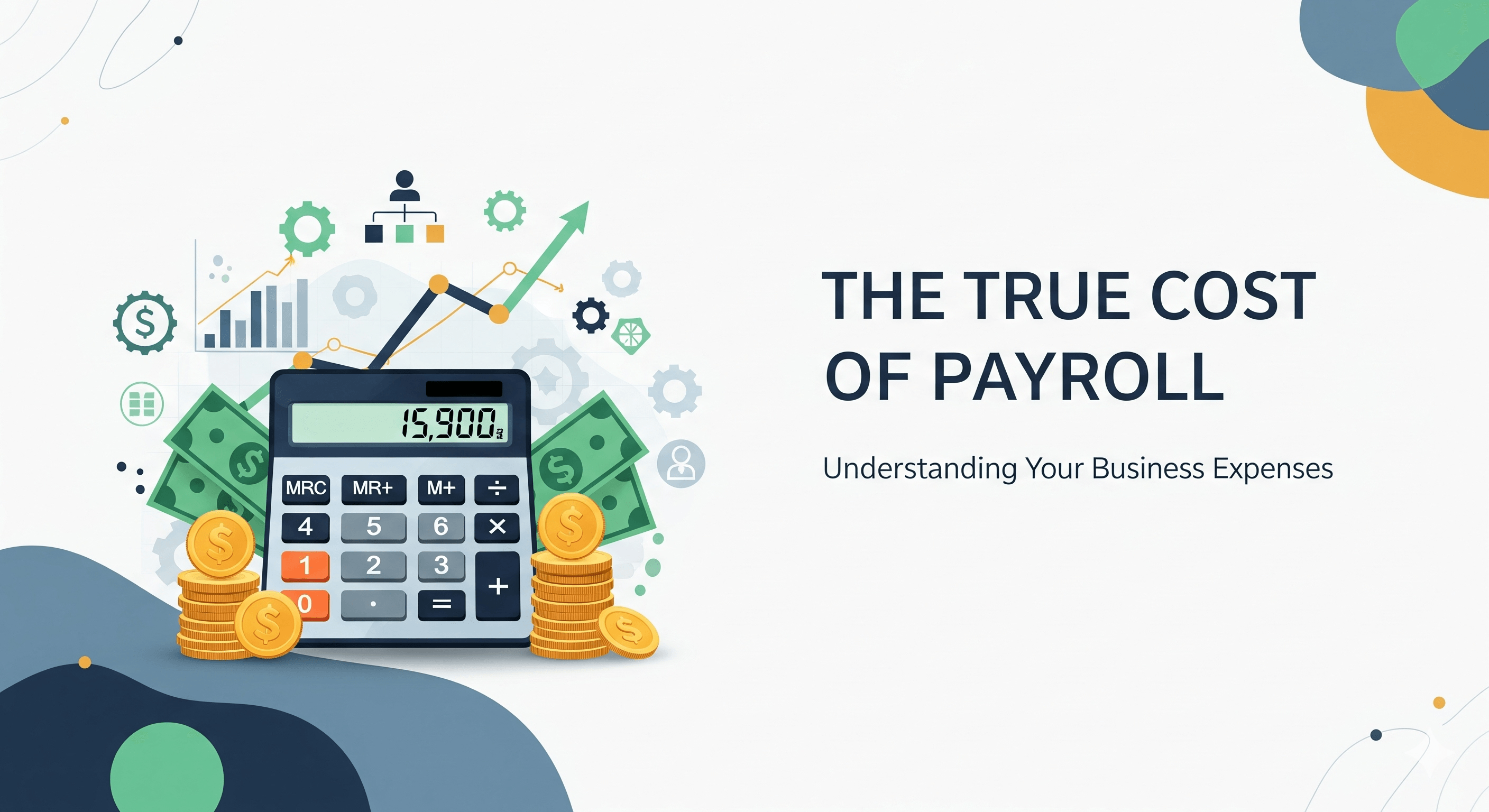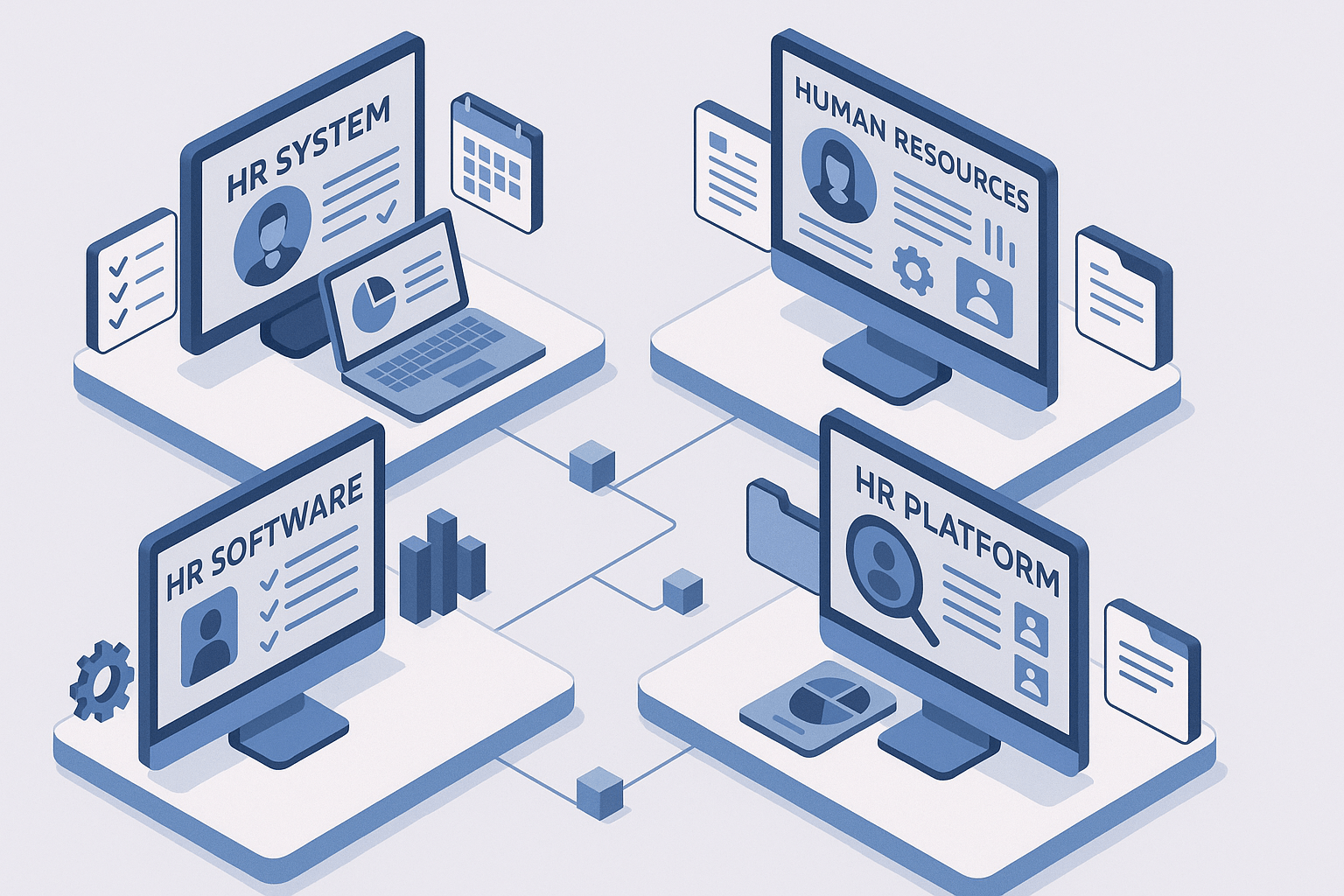
Seeing that look of accomplishment brighten servers’ faces as they count their tips at the end of a shift fills an owner’s heart with wholesome pride. You know just how good it feels to hold the fruits of your labor. But the simplest mistake when entering earnings into the POS could have the IRS firing up the juicer.
An IRS inspection turns a restaurant on its head as management combs through an informational rats nest of records to find what they need. Owners often find themselves pulled between:
- Finding the necessary documentation and submitting it to the IRS.
- Keeping up with the smörgåsbord of responsibilities involved in running a restaurant.
Founded by a retired restaurateur in 1967, Lift HCM is an independent payroll provider that’s served peace of mind to the food service industry for three generations and counting. We’ll walk you through each tip distribution structure and give you an idea of the tax implications and liabilities posed to employers.
Distributing Tipping Pools on Paychecks
Tips on employee checks are typically included as part of a tipping pool. In a tipping pool, employees contribute a percentage of their tips to a pool distributed amongst the staff. You must distribute pooled tips within the applicable pay period, ensuring everyone’s earnings meet or exceed the state minimum wage.
Pooling promotes teamwork in counter service joints and can diffuse the political toxicity of section or table assignments. It can also increase pay for non-tipped roles like bussers, runners, cooks, and dishwashers. However, non-tipped employees may only participate in the tip pool if you aren’t taking a tip credit.
Tip pooling and tip sharing are similar, but they have differences. In a tip-sharing system, the tipped employees share a percentage or a specific amount of their tips with non-tipped employees. Tipped employees keep the tips they earned directly in a tip-sharing system, but non-tipped employees receive a portion of those tips as well. Since some states restrict non-tipped employees from participating in tip pooling, tip sharing can be a good option for establishments that want tips to be shared with non-tipped staff.
Tip credits let you claim a percentage of employees’ tips towards your obligation to pay minimum wage. Over half a dozen states don’t allow tip credits. Others allow for tip credits provided employees earn a minimum cash wage. In Illinois, the maximum tip credit is 40%.
In addition to payroll, restaurants operating a tip pool must maintain a record of tips distributed and reported regardless of whether or not you take a tip credit. You must also notify employees when their tips are being credited towards meeting this requirement.
Cash Tip Outs
Every night in restaurants across the country, tired servers close out of their shift; counting the cash they’ve made in tips and setting a few bills aside for the staff who made their lives manageable. This practice of “tipping out”. This might include other tip-earning teammates like (e.g. servers and bartenders). They can only tip out bussers, runners, hostesses, and other non-tipped staff if all employees are paid minimum wage or more (i.e. the restaurant doesn’t take a top credit).
Cash tip outs are one of the most well-known forms of tip sharing in the restaurant industry. Employees in certain non-tipped roles are given a percentage of servers’ total tips (generally between 20% to 45%). This form of tip sharing can be a part of a mandated tip sharing policy or an informal, customary agreement in which employees voluntarily contribute their own tipped earnings.
Tipping out is often preferred over the distribution of pooled tips on servers’ paychecks, by high-performing employees who’ve worked to maximize their tipped income via time and experience.
Which Works Best for Your Restaurant?
While tip pooling incentivizes collaboration (in theory) and provides employees with a more consistent stream of income, the model is generally best suited for high-end or counter-service restaurants. Most servers still prefer to tip out the team from their own earnings. It’s what most employees are likely used to and maximizes their incentives to provide (albeit individually) the best possible service each shift.
It’s worth knowing that most POS systems offer some level of support for both tip pooling and tipping out. Either is preferable over cash payouts. Allow us to reiterate: you do not want to deal with cash payouts no matter how your tips are distributed.
The reality is, restaurants are increasingly handling tip distributions via electronic card payments. Cash payouts pull managers off the floor, keep employees waiting, can create a bottleneck at shift change; and rack up accounting, banking, and cash transit fees. They raise the risk of employee theft and increase liability should your staff cry foul on human error or make allegations of underpayment.
As a restaurant owner looking to the future, the most important thing is that you invest in a POS system that supports your chosen tip distribution model and offers robust reporting functionality.
Service Industry Tip Compliance Agreements
The IRS established the Service Industry Tip Compliance Agreement (SITCA) program in early 2023 to increase compliance with reporting requirements and decrease administrative burden. This program is intended to eliminate Tip Rate Determination Agreements (TRDA), Tip Reporting Alternative Commitments (TRAC), and Employer-Designed Tip Reporting Alternative Commitments (EmTRAC).
The SITCA program has many immediate benefits.
- It eliminates employee participation,
- It gives restaurants protection from liability and
- It doesn’t require you to train employees to report tipped income (as you would in the TRAC program).
However, the new program was designed with modern POS systems in mind. To be eligible for enrollment, you must record sales subject to tipping in a POS system and require employees to use a digital time and attendance system.
When it comes down to it, the best tip distribution model is the one you agree upon as a team. It’s on you to lead the conversation. What matters is having a POS that supports your chosen tipping arrangement, streamlines employee reporting, and provides the data you need in the event of a compliance inspection.
Even having done all that, your restaurant is always on the hook. You’ll always be one disgruntled phone call away from the feds showing up with their proverbial juice.
Reporting Tips on Restaurant Payroll
You need neither a pig nor a horrifyingly intelligent spider to spell it out for you: the days of cash payouts are behind us. Investing in the right POS system can limit your liability and gives you a better chance of being compatible with future tipping tax and reporting and laws.
Regardless of the POS system they choose, restaurant industry leaders increasingly prefer to hire an independent payroll provider like Lift HCM to take the headache off their hands.
Lift can handle payroll on your behalf and spares you the time you’d spend implementing tip distribution systems like the ones we’ve discussed today. They also act as your go-between with the IRS, limiting your liability, exposure, and face time with the suits. You can compare the leading restaurant POS systems and learn more about the tip distribution models they support. You can also learn more about what's made the restaurant industry seek the services of independent providers to handle payroll.
Dana Vincent is a seasoned Business Development Manager, who supports business owners in finding the right solutions for their payroll and HCM needs. Dana comes from a background in restaurant management, and has used that experience to understand the needs of small business owners. From small companies to large, Dana can help them with tools that can streamline their processes, enhance their compliance, and aid in their talent management. Outside of work, Dana is kept busy with her family, training her young dog to stop jumping on people, and renovating her 100 year old home.
Topics:


.png?width=1536&height=1024&name=Create%20a%20background%20that%20reads%2c%20How%20Long%20to%20Keep%20P%20(1).png)



